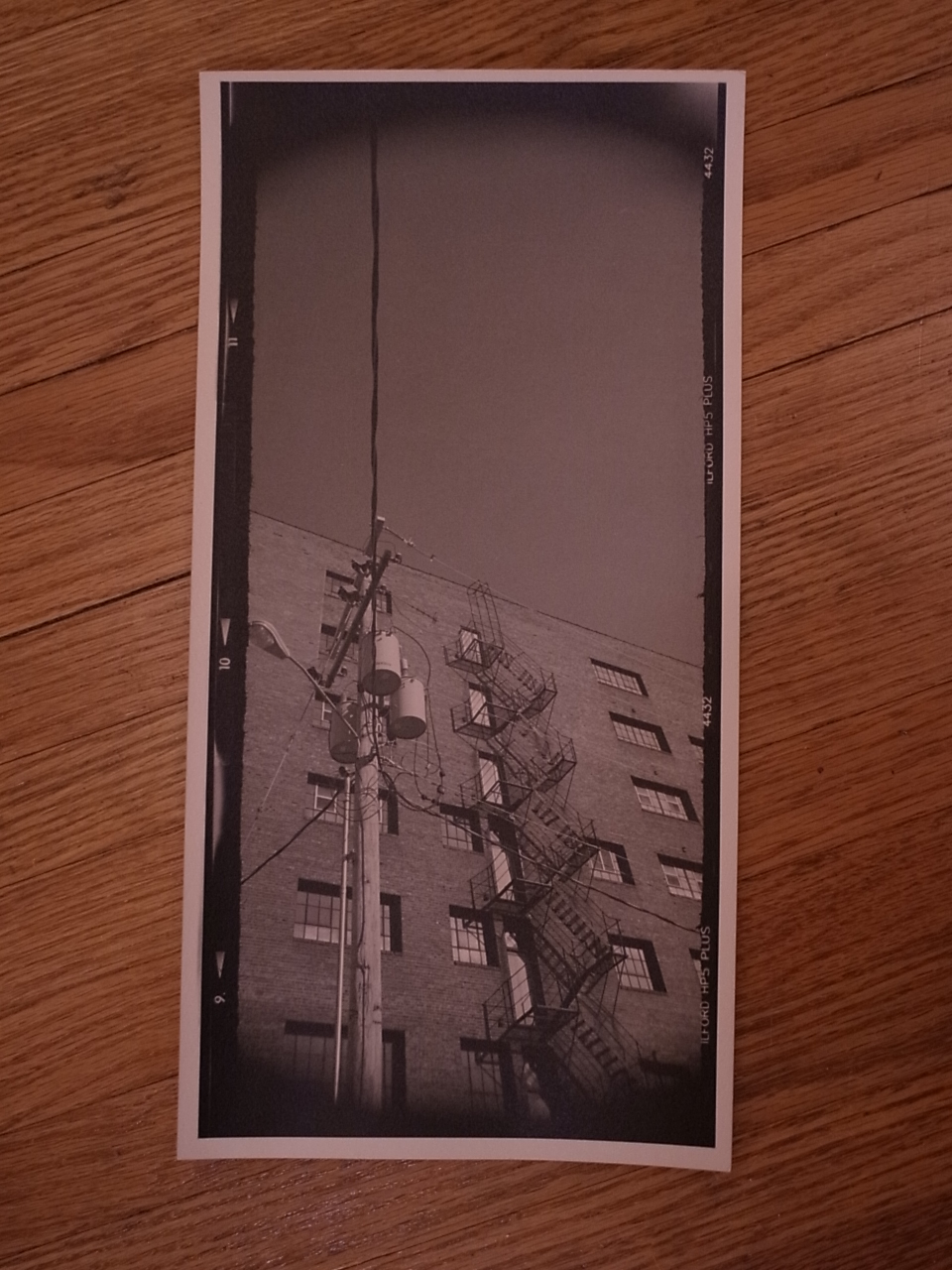miha
Established
Got some prints ready for a show coming up December 1st.]
Nice! Are these 8x10?
Got some prints ready for a show coming up December 1st.]
Nice! Are these 8x10?

Leica M5, Zeiss Biogon 35mm F2, Tmax 400, Ilford Multigrade, 8x10
I just found it to be a little cumbersome having to switch out the filters without bumping anything and throwing focus.
Split grade printing is not possible with very contrasty negatives. Usually you'll have to prepare the enlarger to produce extremeley soft light to get a decent print from a too contrasty negative.
The highlights were pretty thin
Split grade is great for "normal" negatives. It is a bit like duotone in offset-print. You first make an exposure with the 00-filter on a multigrade paper. Than you make an exposure with the 5-filter on the same sheet. Usually the exposure with the 00-filter is much longer than the exposure with the 5-filter. The exposure with the 00-filter is aimed at the light tones, the exposure with the 5-filter is only aimed at the deepest blacks.
The results can be spectacular, you'll get a print with a much richer tonality than is possible in a single grade print.
Split grade printing is not possible with very contrasty negatives. Usually you'll have to prepare the enlarger to produce extremely soft light to get a decent print from a too contrasty negative.
The modern aspherical lenses often produce very contrasty negatives, negatives made with older lenses are usually easier to print.
Erik.

